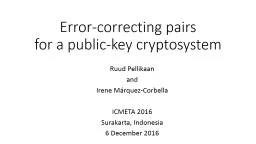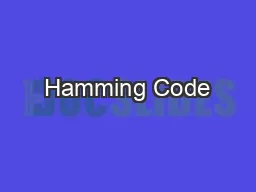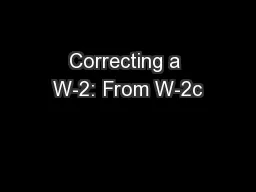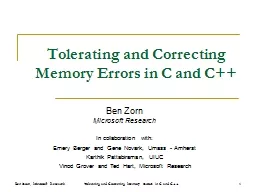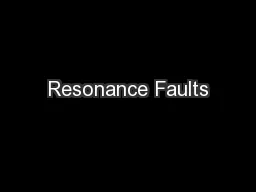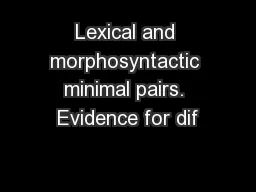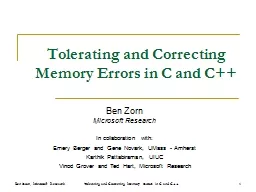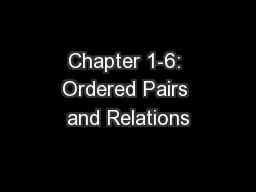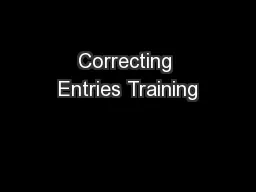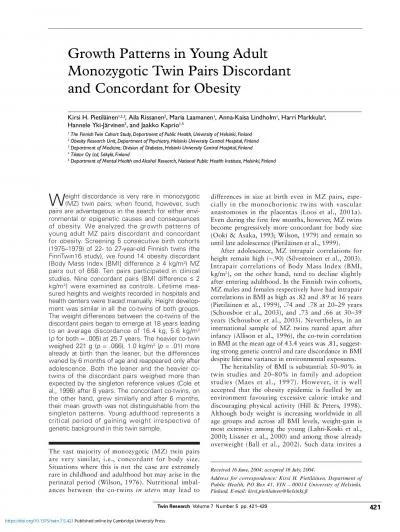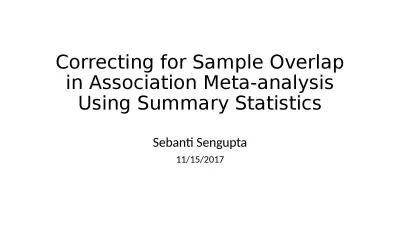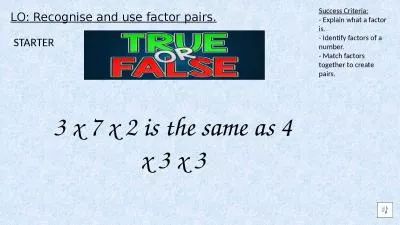PPT-Error-correcting pairs for a public-key cryptosystem
Author : giovanna-bartolotta | Published Date : 2018-12-18
Ruud Pellikaan and Irene MárquezCorbella ICMETA 2016 Surakarta Indonesia 6 December 2016 Content 1 Introduction on Coding Crypto and Security 2 Publickey crypto
Presentation Embed Code
Download Presentation
Download Presentation The PPT/PDF document "Error-correcting pairs for a public-key ..." is the property of its rightful owner. Permission is granted to download and print the materials on this website for personal, non-commercial use only, and to display it on your personal computer provided you do not modify the materials and that you retain all copyright notices contained in the materials. By downloading content from our website, you accept the terms of this agreement.
Error-correcting pairs for a public-key cryptosystem: Transcript
Download Rules Of Document
"Error-correcting pairs for a public-key cryptosystem"The content belongs to its owner. You may download and print it for personal use, without modification, and keep all copyright notices. By downloading, you agree to these terms.
Related Documents

